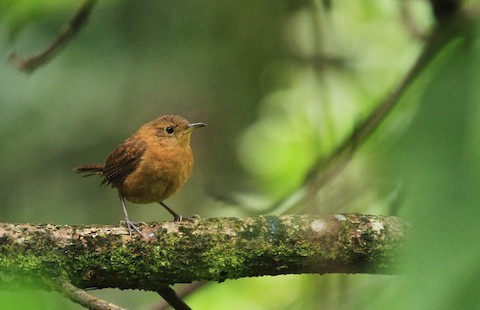Birdfinding.info ⇒ The Dominica endemic form of House Wren is generally common in wooded areas of the interior and western slope of the island, less so on the eastern slope. It can be found at most if not all of the frequently visited sites, including the Syndicate Trail, Emerald Pool, and the Dominica Botanical Gardens in Roseau.
“Dominica Wren”
Troglodytes aedon rufescens
Endemic to Dominica, where it occurs in forests and open woodlands.
Identification
A small, warm-brown wren with a bicolored black-and-yellow bill. The only wren on Dominica.
The upperparts are dark rufous-brown with darker brown barring on the wings and tail, and the underparts are bright cinnamon.
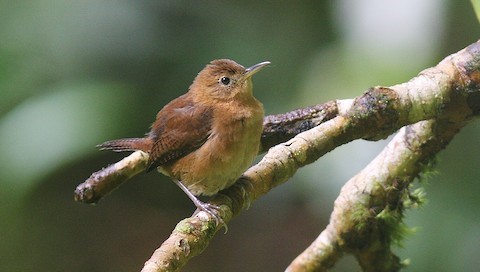
“Dominica Wren,” T. a. rufescens, showing the remarkable rufescence of its plumage when brightly lit. (Morne Diablotin National Park, Dominica; January 8, 2015.) © Jim Tietz

“Dominica Wren,” T. a. rufescens. (Morne Diablotin National Park, Dominica; March 3, 2018.) © Brian Sullivan

“Dominica Wren,” T. a. rufescens, showing its dark rufous-brown upperparts. (Syndicate, Dominica; March 20, 2018.) © Colin D. Jones

“Dominica Wren,” T. a. rufescens. (Syndicate Trail, Dominica; October 16, 2018.) © Peter Kaestner

“Dominica Wren,” T. a. rufescens. (Massacre, Dominica; August 1, 2019.) © Andrew Dobson
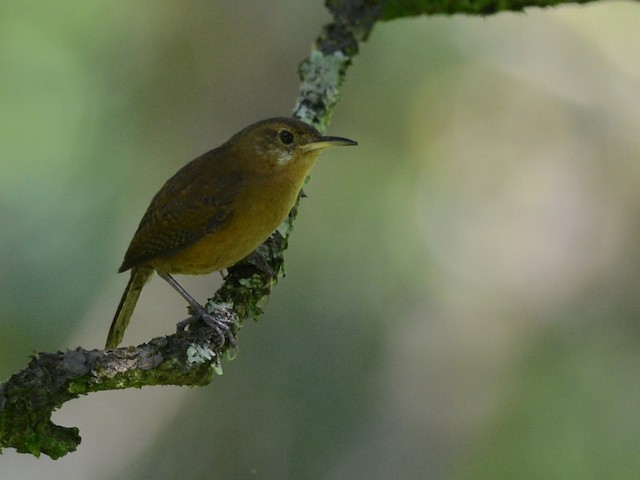
“Dominica Wren,” T. a. rufescens. (Morne Diablotin National Park, Dominica; March 19, 2014.) © Alan Van Norman

“Dominica Wren,” T. a. rufescens. (Massacre, Dominica; August 1, 2019.) © Frantz Delcroix
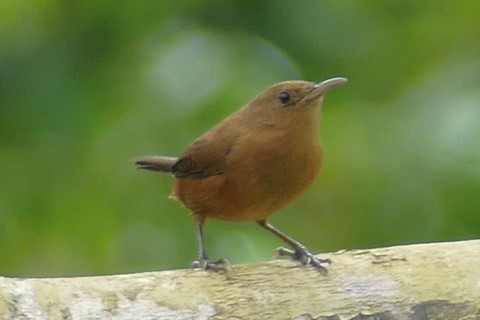
“Dominica Wren,” T. a. rufescens. (Emerald Pool, Dominica; October 19, 2018.) © Peter Kaestner

“Dominica Wren,” T. a. rufescens. (St. John, Dominica; March 16, 2017.) © Guillaume Cussonneau
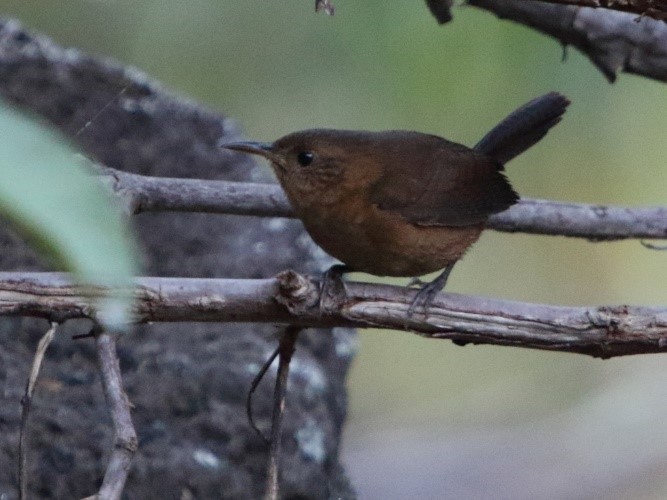
“Dominica Wren,” T. a. rufescens. (Lower Colihaut, Dominica; March 28, 2018.) © Colin D. Jones
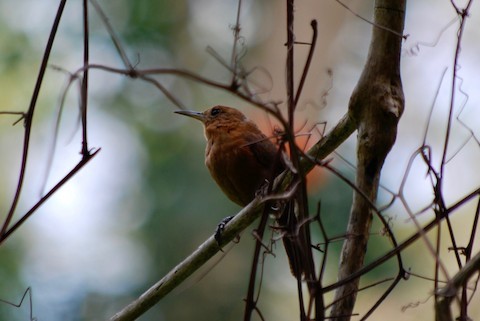
“Dominica Wren,” T. a. rufescens. (Roseau Botanical Garden, Dominica; May 15, 2009.) © Hans Holbrook

“Dominica Wren,” T. a. rufescens. (St. John, Dominica; March 16, 2017.) © Guillaume Cussonneau
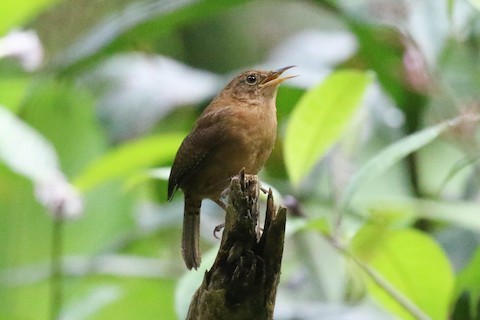
“Dominica Wren,” T. a. rufescens. (Morne Diablotin National Park, Dominica; March 10, 2019.) © Knut Hansen
Notes
Monotypic form, one of ten or so distinct forms of House Wren—or Southern House Wren, when differentiated—some of which may be best regarded as separate species.
References
Brewer, D., and B.K. MacKay. 2001. Wrens, Dippers, and Thrashers. Yale University Press. New Haven.
eBird. 2019. eBird: An online database of bird distribution and abundance. Cornell Lab of Ornithology, Ithaca, N.Y. http://www.ebird.org. (Accessed December 7, 2019.)
Kroodsma, D., D. Brewer, and G.M. Kirwan. 2019. House Wren (Troglodytes aedon). In Handbook of the Birds of the World Alive (J. del Hoyo, A. Elliott, J. Sargatal, D.A. Christie, and E. de Juana, eds.). Lynx Edicions, Barcelona. https://www.hbw.com/node/58151. (Accessed December 1, 2019.)
Raffaele, H., J. Wiley, O. Garrido, A. Keith, and J. Raffaele. 1998. A Guide to the Birds of the West Indies. Princeton University Press, Princeton, N.J.
